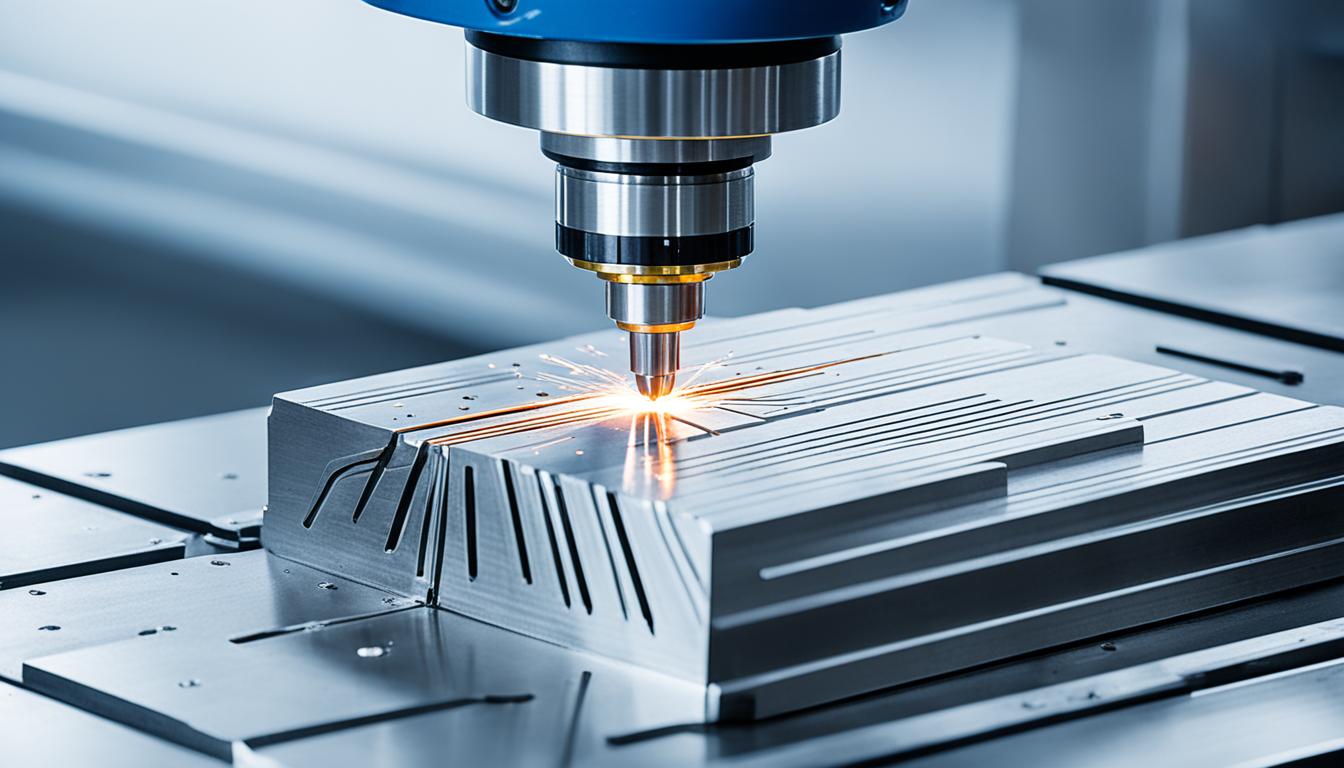MDI in CNC stands for Manual Data Input, a crucial feature in Computer Numerical Control (CNC) machines that allows operators to input programming instructions directly into the machine’s control panel. This method enables quick, on-the-spot programming for simple operations or minor adjustments without the need for a full G-code program. MDI mode is particularly useful for performing one-off tasks, testing tool paths, or making small modifications to existing programs.
It provides flexibility and efficiency in CNC operations, allowing machinists to execute single blocks of code, set tool offsets, or perform basic machining operations without creating a complete program file. While MDI is not suitable for complex or repetitive tasks, it remains an essential tool for CNC operators, bridging the gap between fully automated programming and manual machine control.
Understanding MDI in CNC Machining
MDI, which stands for Manual Data Input or Manual Data Interface, is a critical feature in CNC machining. This mode allows operators to directly input commands and data into the CNC machine’s controller, enabling on-the-fly programming and adjustments.
With MDI, operators have the flexibility to manually control various machining operations and make real-time modifications as needed. It eliminates the need for pre-programmed codes and offers a dynamic approach to CNC operations.
Functionalities of MDI
MDI mode offers several functionalities that enhance the efficiency and control of CNC machining:
- Command Execution: Operators can input G-codes, M-codes, and other commands directly into the CNC machine’s controller, allowing for immediate execution.
- Data Input: Vital parameters, such as tool offsets, workpiece dimensions, and feed rates, can be manually entered using MDI, ensuring accurate and precise machining.
- Rapid Adjustments: Operators can make quick adjustments to the machining process, such as tool changes, spindle speed modifications, and axis movements, without interrupting the overall CNC program.
- Troubleshooting: MDI mode provides a convenient way to troubleshoot machining issues by allowing operators to test specific commands, isolate problematic sections, and fine-tune parameters.
Usage in CNC Programming
MDI complements traditional CNC programming methods by providing a direct interface for manual control. While CNC programs are typically created using Computer-Aided Manufacturing (CAM) software, MDI allows operators to make precise adjustments on the shop floor.
Operators can use MDI to test new program sections, validate tool paths, and fine-tune parameters based on real-time observations. This hands-on approach ensures optimal machining results and reduces the time spent on iterative programming and debugging.
The Facilitation of Efficient Manual Control
MDI mode empowers operators with the ability to exercise manual control over CNC machines, adding a layer of flexibility and adaptability to the machining process. It enables operators to respond quickly to changing production demands, implement immediate modifications, and overcome unexpected challenges.
The combination of CNC programming and MDI capabilities allows for efficient utilization of both automation and human expertise, resulting in improved productivity and quality.
Sample MDI Code
Below is an example of an MDI code that could be used to execute a simple machining operation:
| Command | Description |
|---|---|
| G00 X10 Y5 Z2 | Rapid positioning to the specified X, Y, and Z coordinates |
| G01 F100 S500 | Linear interpolation at a feed rate of 100 units per minute and spindle speed of 500 RPM |
| G02 X2 Y0 I-3 J-2 | Circular interpolation with a clockwise arc from the current position, centering at X=2, Y=0, and radii I=-3, J=-2 |
| G03 X5 Y5 I-1 J-2 | Circular interpolation with a counterclockwise arc to the position X=5, Y=5, centering at I=-1, J=-2 |
| G00 X0 Y0 Z5 | Rapid retraction to the initial position |
MDI and CNC Controllers
The MDI feature plays a crucial role in CNC machining, specifically in conjunction with the CNC controller. Serving as the brain of the CNC machine, the controller allows operators to harness the power of MDI to execute commands, perform rapid tool changes, set parameters, and troubleshoot issues directly from the machine’s interface.
By engaging the MDI mode on the CNC controller, operators gain the ability to swiftly input commands and data, facilitating seamless control over the machining process. This integration empowers operators to make on-the-fly adjustments, fine-tune parameters, and optimize performance without the need for complex programming.
Furthermore, the MDI feature enhances productivity and flexibility in CNC machining. With the ability to swiftly communicate with the CNC controller through the MDI mode, setup time is reduced, minimizing downtime and improving overall efficiency. Operators can quickly troubleshoot and debug issues, allowing for faster resolution and minimizing production delays.
Ultimately, the integration of MDI within the CNC programming workflow empowers operators and enhances the capabilities of CNC machines. By harnessing the power of MDI in conjunction with CNC controllers, manufacturers can achieve optimal precision, efficiency, and productivity in their machining operations.
